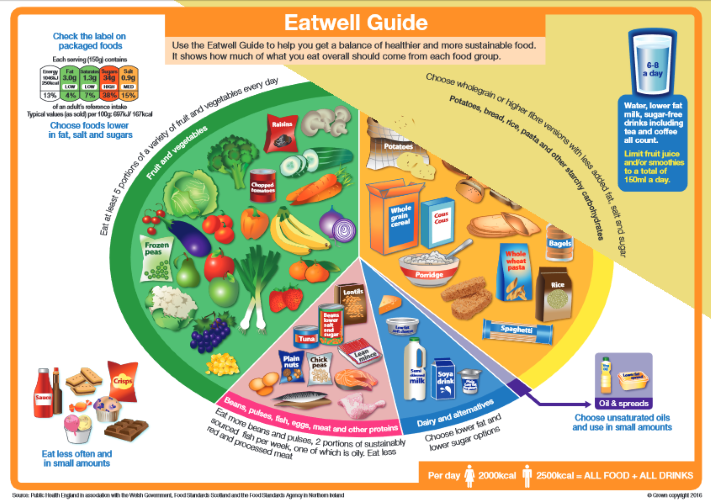The Institute of Health Visiting warmly welcomes the new commissioning and workforce development guidance on Specialist Health Visitors in Perinatal and Infant Mental health (PIMH) – What they do and why they matter, published today by Health Education England (HEE). It concludes that all women and their partners should have access to a specialist health visitor in perinatal and infant mental health (PIMH) and recommends at least one for every health visiting service.
Creating Specialist Health Visitor posts in PIMH within every health visiting service will play a valuable part in reducing the incidence and impact of postnatal depression and other perinatal mental health problems. This will be through earlier diagnosis, better intervention and support – creating savings on child and adult mental health services, and improved public health.
Dr Cheryll Adams, Executive Director of the Institute of Health Visiting (iHV), said:
“The iHV is delighted to endorse this new guidance which provides a framework for improvements in the services that health visitors can provide to families to promote their mental health.
“Through the health visiting ‘universal’ service, health visitors are well-placed to identify those families requiring additional support, especially where the mother (or indeed father) may be suffering from perinatal mental illness, or where the bond between parent and baby may be compromised. However, health visitors have many other roles and responsibilities taking their time during this important period of every child’s life and they would benefit from specialist support in this challenging arena.”
The framework sets out the important role of specialist health visitors in PIMH, illustrates the value to parents and other health professionals involved in a mother’s care and recommends that every woman should have access to a specialist Health Visitor as part of the multi-disciplinary team.





